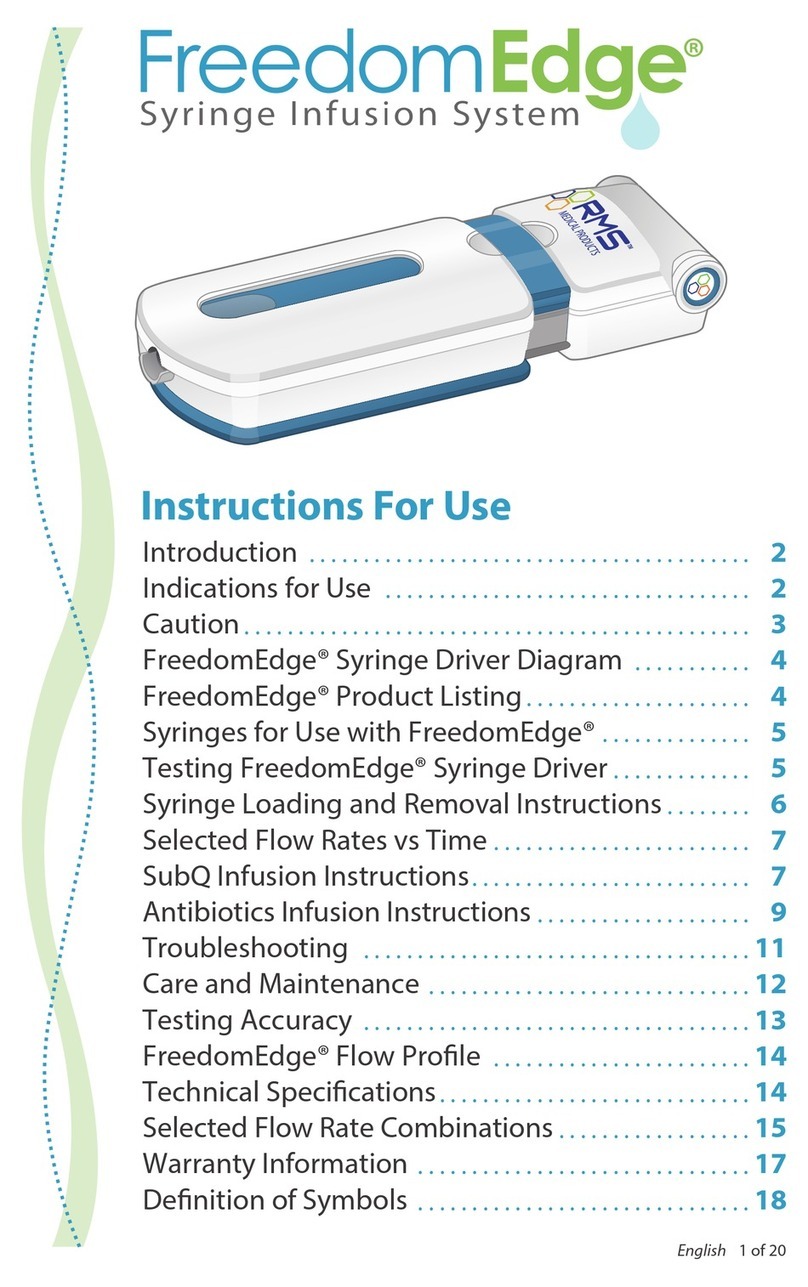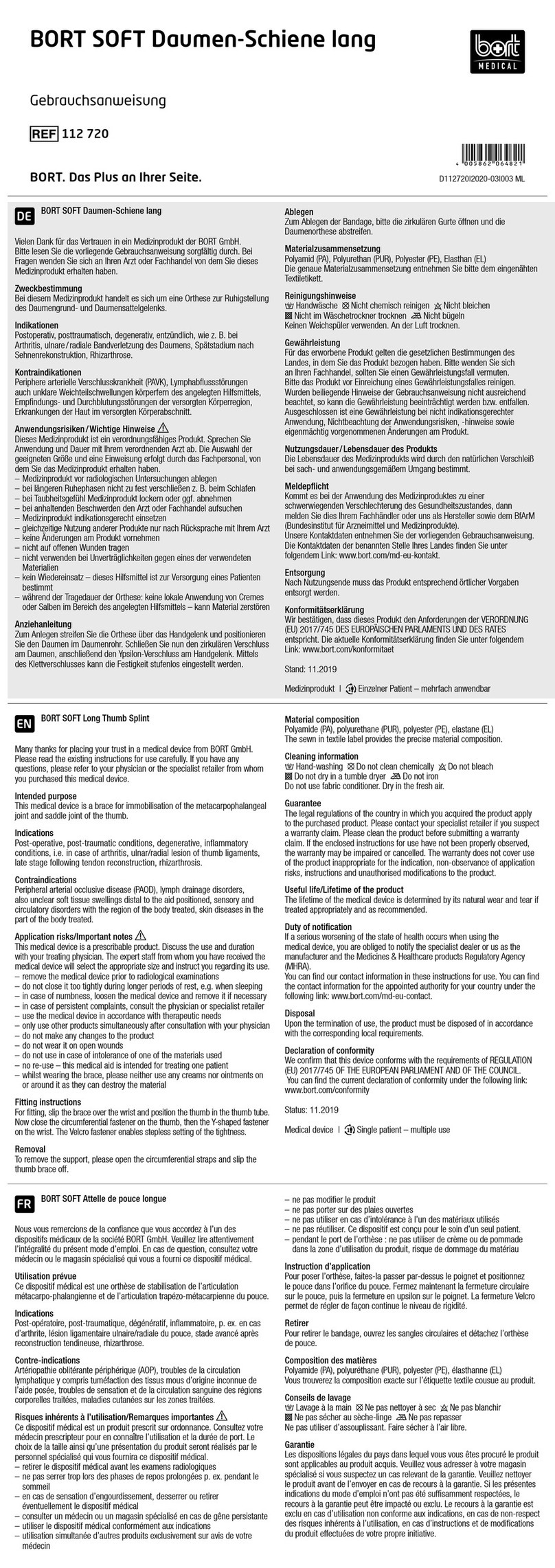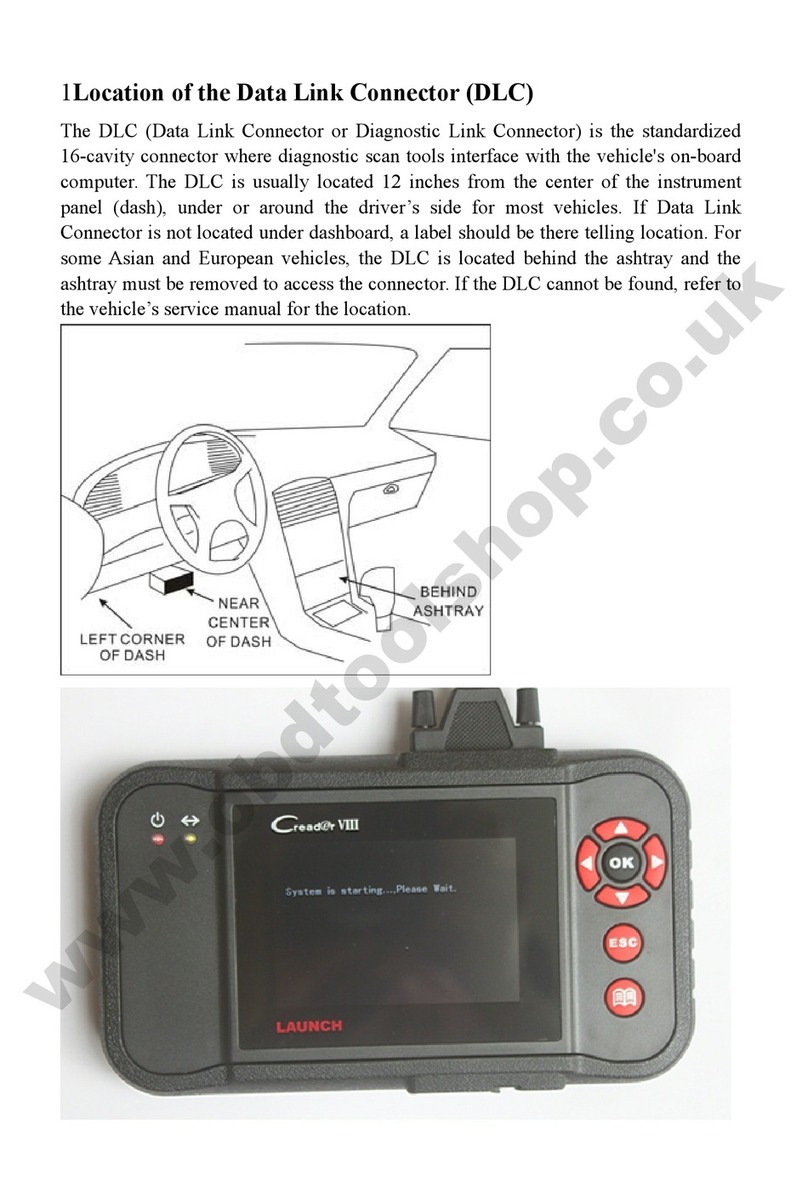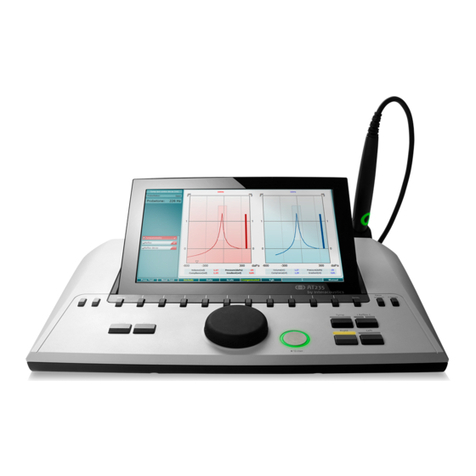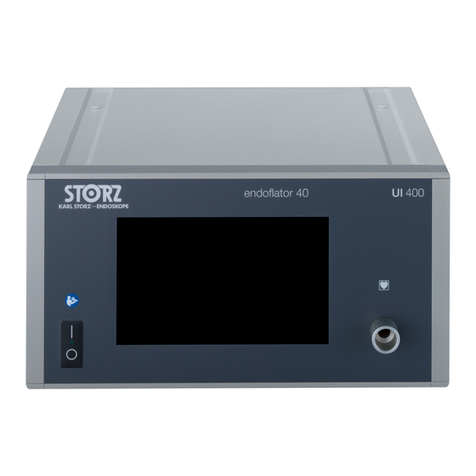Menicon EX User manual

Instructions for Use: tolofocon A or tisilfocon A for Menicon Rigid Gas Permeable (RGP) contact lens
Important
• Read the following instructions carefully before use and keep this document in a safe place for future reference.
• Always follow the instructions in this document and those of your eye care professional or practitioner for appropriate use of contact
lenses and lens care products including lens cases.
INTRODUCTION
Menicon RGP contact lenses are made of oxygen ultra-permeable materials, i.e., tolofocon A (Menicon EX) and tisilfocon A (Menicon Z).
The
Menicon RGP contact lenses
are individually packaged in a plastic container and immersed in PHMB solution.
INDICATIONS
Menicon RGP contact lenses
are intended for correction of refractive ametropia (myopia, hyperopia, presbyopia, and/or astigmatism) in aphakic or non-
aphakic disease-free eyes.
• Menicon EX is intended for daily or up to 7 days extended wear.
• MeniconZ,MeniconZ-α,MeniconEX-Z,andMenifocalZareintendedfordailyorupto30daysextendedwear.MenifocalZisindicatedfor
presbyopia.
• Menicon RGP contact lenses
other than listed above are intended for daily wear.
• MeniconE-1andRoseKareindicatedforirregularcornea(MeniconCustomDesignisavailableforindividualswhoseeyesdonottintothe
standarddesigns,andMeniconPlateauforindividualswhohavejustundergonesurgeryorwhohaveatcorneas).
WEARING RESTRICTIONS
Clean and disinfect the contact lenses after lens removal using the cleaning and disinfecting regimen recommended by Menicon (MeniCare Pure or
MeniCare Plus for multipurpose solution and Menicon Progent for intensive protein remover) or by your eye care professional or practitioner. Replace the
contact lenses with fresh lenses within 2 years.
Be sure to consult your eye care professional or practitioner for the lens wearing schedule based on your individual needs. Only your eye care
professional or practitioner can determine if you can use extended wear contact lenses, and instruct the wearing schedule and maintenance procedure.
Always dispose of the contact lenses after the instructed wearing period. Wearing the contact lenses beyond the instructed wearing schedule and period
increases the risk of eye problems.
CONTRAINDICATIONS
Do not wear the contact lenses if you have any of the following conditions.
• Acuteandsubacuteinammationorinfectionoftheanteriorchamberoftheeyes
• Any disease, injury, or abnormality that affects the cornea, the conjunctiva or eyelids
• Corneal hypoesthesia (reduced corneal sensitivity)
• Any systemic disease that may adversely affect the eyes by wearing contact lenses
• Allergic reactions that may be induced or exaggerated by wearing contact lenses and/or using lens care solutions
• Any active corneal infection
• Red or irritated eyes
• Incomplete corneal healing following eye surgery
WARNINGS
Be aware of the following warnings pertaining to contact lens wear.
• Eye problems arising from wearing contact lenses and use of lens care products, such as corneal ulcers, can develop rapidly and lead to loss of
vision. If you experience any discomfort in the eyes, excessive tearing, vision changes, redness in the eyes or other problems, immediately remove
the lenses and consult your eye care professional or practitioner.
PRECAUTIONS
• Handle the contact lenses with care (be careful not to drop them).
• Donottouchthecontactlenseswithyourngernails.
• Put in the contact lenses before applying cosmetics. Do not apply cosmetics, lotions, creams, or sprays while handling the contact lenses.
• Consult your eye care professional or practitioner before using any medicine in your eyes.
• If the contact lenses feel dry on your eyes, apply a few drops of the lubricating or rewetting solution (recommended by your eye care professional
or practitioner) directly to the eyes and wait until the lenses can move freely on the eyes before removing them. If the discomfort still continues,
immediately consult your eye care professional or practitioner.
• Avoid all harmful or irritating vapours and fumes while wearing the contact lenses.
• IfMeniconProgent(intensiveproteinremover)oranychemicalsaresplashedintotheeyes,immediatelyushtheeyeswithtapwater,removethe
contact lenses, and consult your eye care professional or practitioner, or visit a hospital emergency room.
• Remove the contact lenses before any strenuous sporting activity or water sports.
• Consultyoureyecareprofessionalorpractitionerforinstructionsonwearingthelensesforspecicoccupations.
• Follow-up visits are necessary to assure the continued health of your eyes.
• Consult your eye care professional or practitioner if you wish to change the lens type or parameters.
• Inform your medical doctor that you wear contact lenses.
• Store the contact lenses at room temperature. Do not allow the lenses to freeze.
• Consult your eye care professional or practitioner if you need to store the contact lenses for extended periods.
• Consult your eye care professional or practitioner before wearing the contact lenses if you have not worn the lenses for extended periods.
• If the contact lenses become dry in a lens case, soak the lenses in soaking solution (recommended by your eye care professional or practitioner) for
at least 1 hour and then examine the lenses to be sure that they are free of any damage. Clean and disinfect the lenses before wearing them.
• Do not share the contact lenses with other people.
ADVERSE REACTIONS
If any of the following problems occur, immediately remove the contact lenses and examine them to be sure that they are free of any damage. If the
contact lenses are not damaged, clean and disinfect the lenses before wearing them again. If the problem still continues, remove the lenses and seek
prompt treatment. Serious eye damage may result such as infection, corneal ulcer, neovascularization, and iritis.
• Eye stinging, burning, itching, or any other pain in the eyes
• Continuous foreign body or scratching sensation
• Excessive tearing, unusual eye secretions, redness, reduced visual acuity, blurred vision, halos, photophobia, or dry eyes
en

HANDLING THE CONTACT LENSES
• Always wash, rinse, and dry your hands thoroughly before handling the contact lenses.
• Do not wear the contact lenses if the plastic containers have been opened or damaged, or if the expiration date has been passed.
• CleanandrinsethecontactlensesbeforerstuseusingMeniCarePure,MeniCarePlus,orlenscareproductsrecommendedbyyoureyecare
professional or practitioner (for details on lens care products, see “CARE FOR THE CONTACT LENSES”).
• Always handle the left and right contact lenses in the same sequence to avoid mixing up the lenses.
Putting in contact lenses:
The general procedure for putting in contact lenses is described below. Consult your eye care professional or practitioner for more details as necessary.
1. Unscrew the stopper of the lens case and rinse the contact lens in the lens holder.
2. Pick up the lens from the lens holder and examine it to be sure that it is free of any damage or foreign bodies.
3. Placethelensonthetipoftheforengerofyourdominanthandwiththeconcavesidefacingup.
4. Holdyoureyelidswideapartbypullingtheupperlidwiththeforengerofyournon-dominanthandandthelowerlidwiththemiddlengerofyour
dominant hand.
5. Slowly bring the lens up to your eye while looking straight ahead, and gently put the lens on the cornea.
• Do not press the lens against your eye.
6. Lookdown,releasetheupperlidrstthenthelowerlid,andblinkgently.
7. Repeat this procedure for the other lens.
• If you feel discomfort after putting in the contact lens, this may be due to the presence of foreign body. Remove and rinse the lens, and then put in
the lens again. If the discomfort still continues, remove the lens and consult your eye care professional or practitioner.
• If your vision is blurred after putting in the contact lenses:
• If the contact lenses are not centred on the cornea:
Lookintothemirror,andgentlymanipulatetheedgeofthelenstomoveitontothecorneawhileopeningyoureye.Usengerpressureonthe
edge of the upper or lower lid until the lens is centred on the cornea. Alternatively, remove and clean the lens, and then put in the lens again.
• If the contact lenses are centred on the cornea:
Remove the lenses. Possible causes are as follows.
- The lens surface is dirty.
- The lenses are on the wrong eyes.
- The lenses have been put inside out onto the eyes.
• If your vision is still blurred after clearing the problems mentioned above, remove the contact lenses and consult your eye care professional or
practitioner.
• Ifyoufeelsignicantdiscomfortwhilewearingthecontactlenses,immediatelyremovethelensesandconsultyoureyecareprofessionalor
practitioner.
Removing contact lenses:
Method 1:
1. Open your eyes wide and look straight ahead.
2. Sharply pull the outside corner of your eye outward and catch the contact lens in the palm of your other hand.
3. Repeat this procedure for the other lens.
Method 2:
1. Placetheforengeratthebaseofthelowereyelashesandtheotherforengerontheuppereyelid.
2. Openyoureyeswideandmovetheforengerstowardseachother,exertingaslightpressuretoseparatethecontactlensfromtheeye.
3. Repeat this procedure for the other lens.
CARE FOR THE CONTACT LENSES
• Always use lens care products recommended by Menicon (MeniCare Pure or MeniCare Plus for multipurpose solution and Menicon Progent for
intensive protein remover) or by your eye care professional or practitioner. Never use care products for soft contact lenses.
• Do not use tap water for the care of the contact lenses and lens cases. Use of tap water increases the risk of microbial infection.
• Always use fresh unexpired lens care products.
• Do not alternate or mix lens care products unless indicated on the product instructions or recommended by your eye care professional or practitioner.
• Heat disinfection is not recommended.
• Store the contact lens completely immersed in storage solution when not in use.
• Clean and rinse the lens case with care products and allow it to air dry after each use. Replace lens cases at regular intervals.
Maintenance after daily wear
• Clean and rinse the contact lenses after lens removal using MeniCare Pure, MeniCare Plus, or lens care products recommended by your eye care
professional or practitioner, put the lenses in lens holders, and keep the lenses in a lens case. Use Menicon Progent or an intensive protein remover
recommended by your eye care professional or practitioner once a week. For details, read “Instructions for Use” for the lens care products.
Maintenance after extended wear
• Clean and rinse the contact lenses after lens removal using MeniCare Pure, MeniCare Plus, or lens care products recommended by your eye care
professional or practitioner, and then use Menicon Progent or an intensive protein remover recommended by your eye care professional. For details,
read “Instructions for Use” for the lens care products.
SYMBOLS USED ON THE PACKAGE
SYMBOL ADD
DEFINITION Consult Instructions for Use Batch Code Use by Date
(Expiry Date)
Add power
SYMBOL DIA.B.C. P.C.T.
DEFINITION Diameter Base Curve Dioptre
(Lens power)
Centre Thickness
Manufacturer: MeniconCo.,Ltd.3-21-19,Aoi,Naka-ku,Nagoya,460-0006Japanwww.menicon.com
Authorized Representative: Menicon Holdings B.V. Waanderweg 6, 7812 HZ, Emmen, The Netherlands
DateofIssue2018-02
©2018,MeniconCo.,Ltd. RDHMPI005
This manual suits for next models
6
Table of contents
Other Menicon Medical Equipment manuals
Popular Medical Equipment manuals by other brands
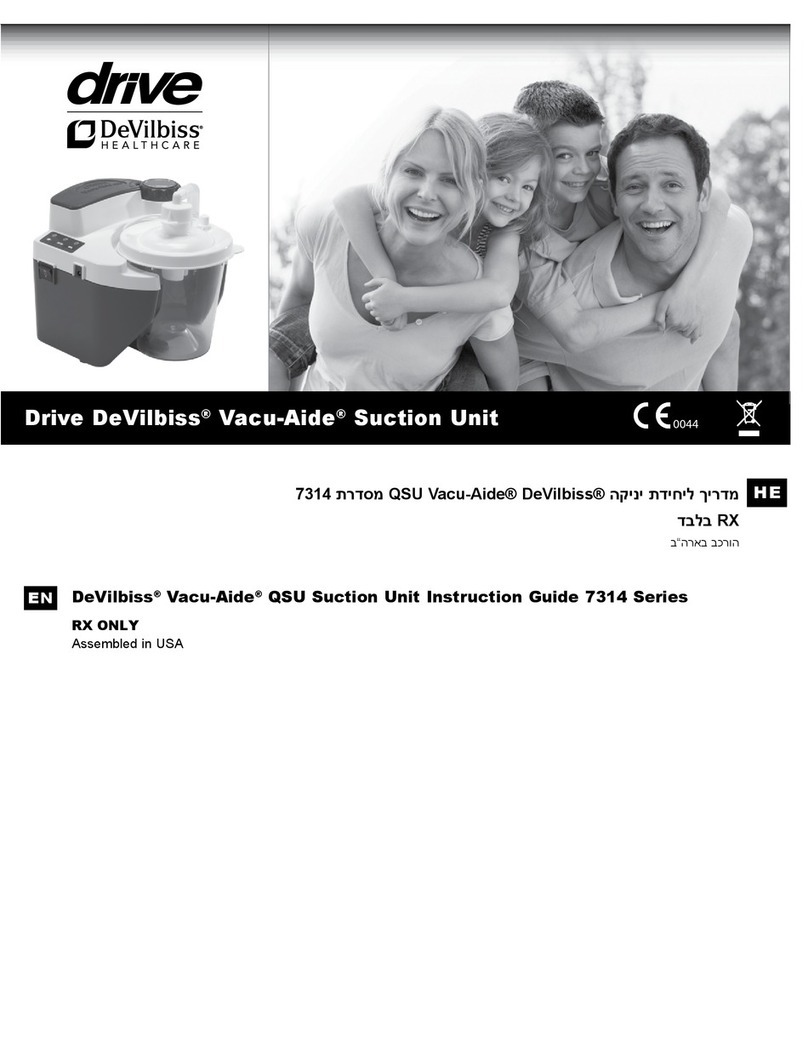
Drive DeVilbiss Healthcare
Drive DeVilbiss Healthcare Vacu-Aide 7314 Series Instruction guide

RNIB
RNIB AmbuTech MS20 manual
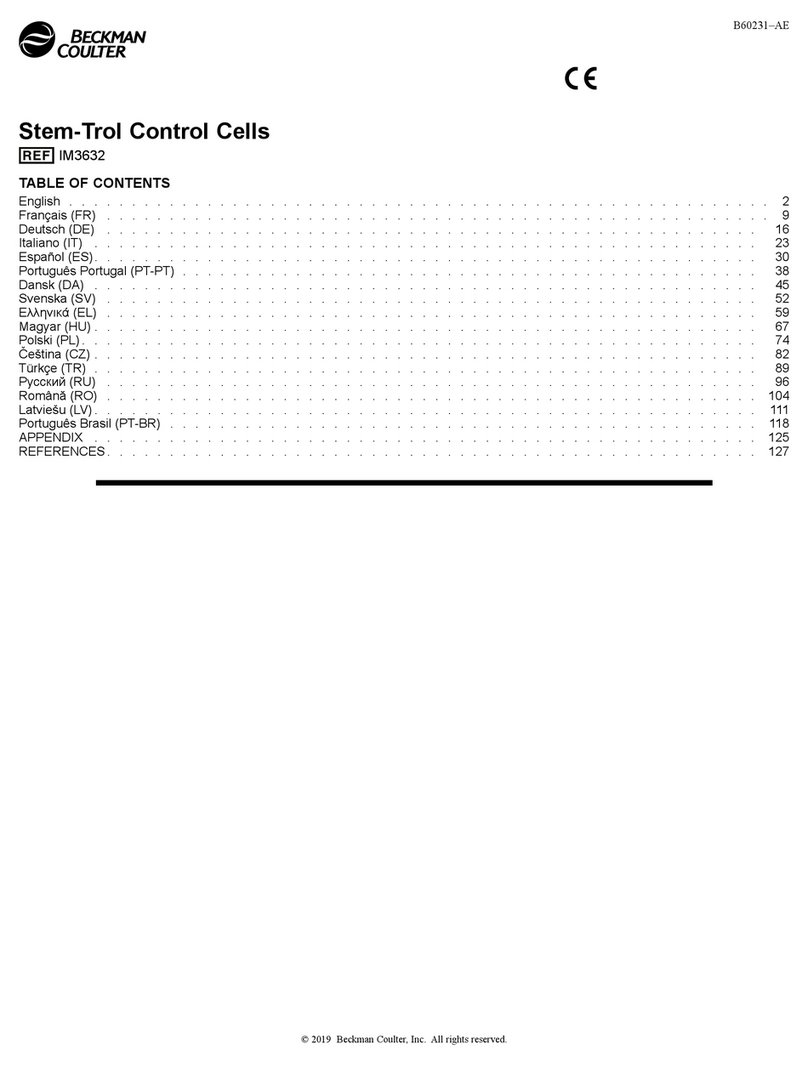
Beckman Coulter
Beckman Coulter IM3632 manual

Mizuho
Mizuho MOS-1302B Operator's manual
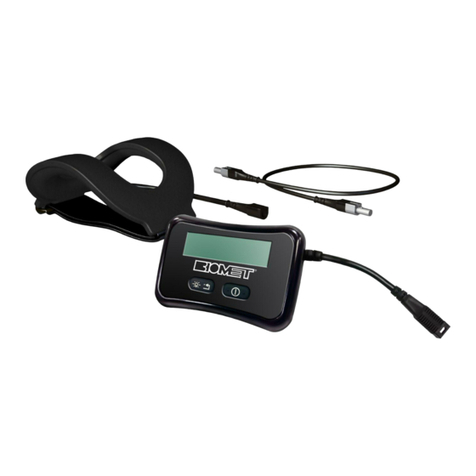
BIOMET
BIOMET EBI Bone Healing System Physician Manual and Package Insert
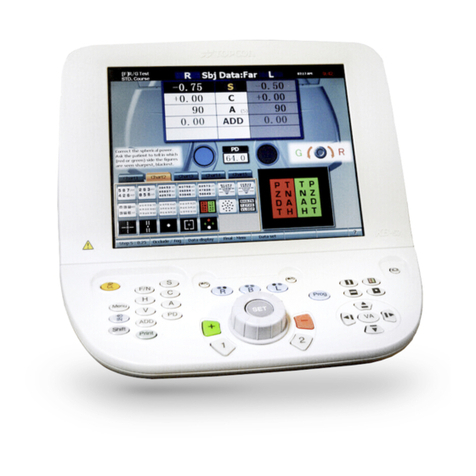
Topcon
Topcon KB-50 quick reference

natus
natus Olympic Brainz Monitor Reference manual
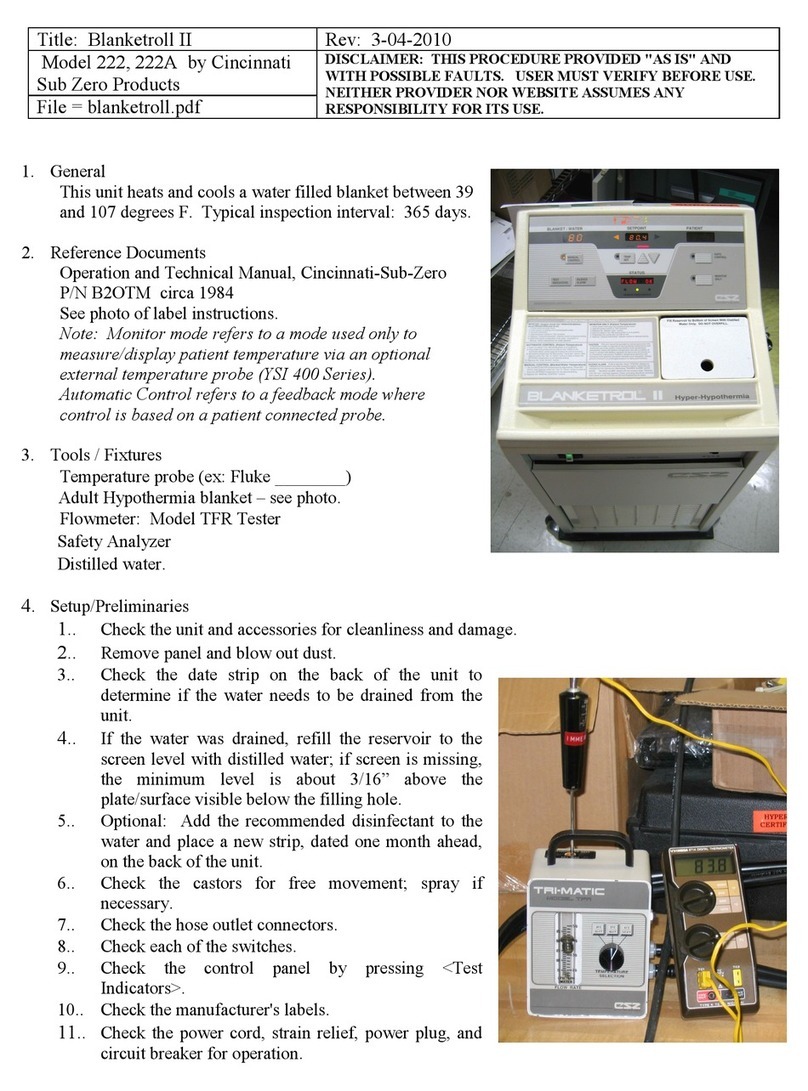
Cincinnati
Cincinnati Blanketroll II operating instructions
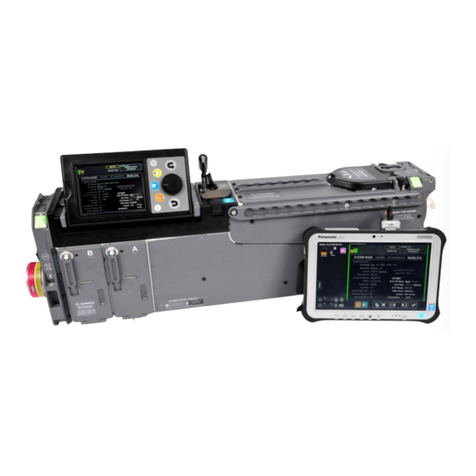
Thornhill Medical
Thornhill Medical MOVES SLC Operator's manual

Atmos
Atmos Chair 21 P operating instructions
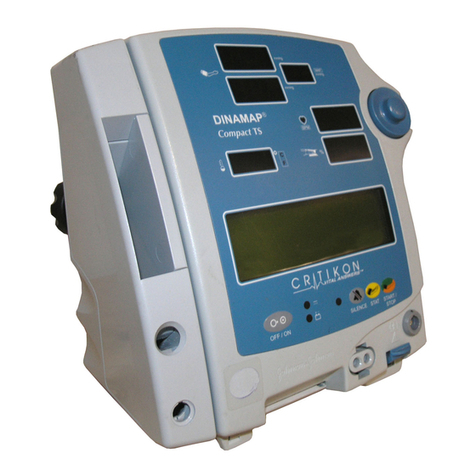
GE
GE DINAMAP Compact TS Service manual
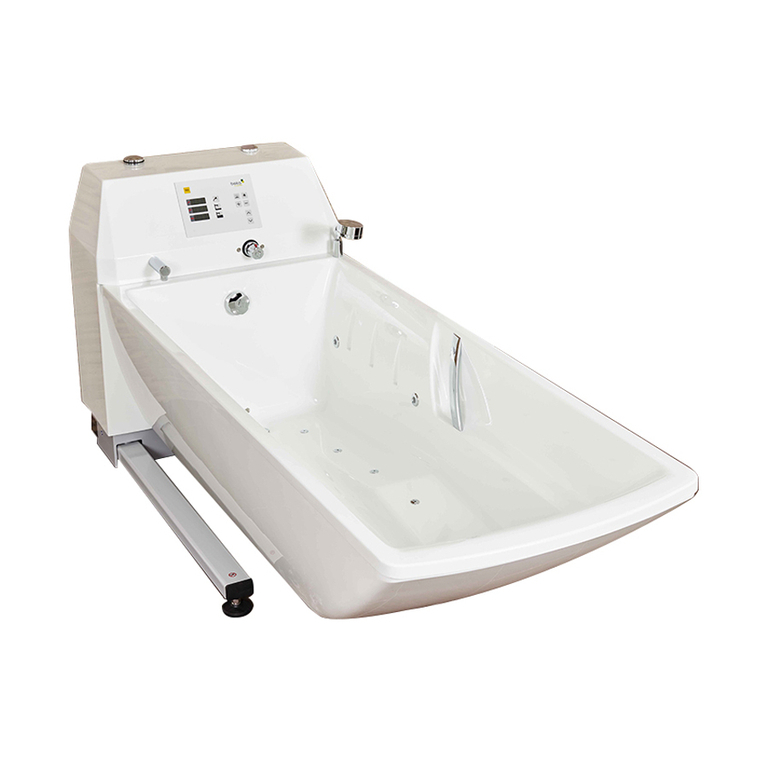
Beka Hospitec
Beka Hospitec AVERO Premium Plus user manual

